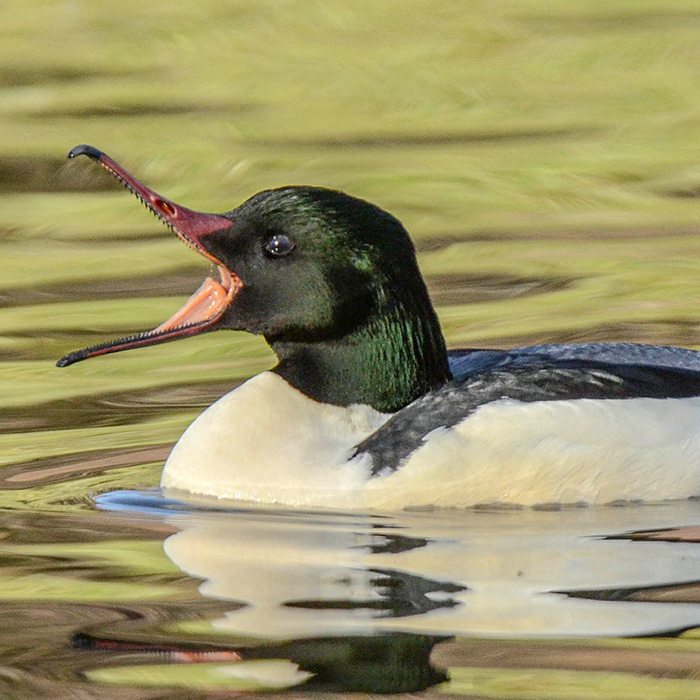WHEN WE THINK OF an emergency, we probably don’t imagine it could have something to do with our teeth. However, any chip, crack, or toothache should be treated as a priority, because even if they seem like minor issues, they can lead to much worse (and more expensive) problems down the line.
Know Where To Go
Before an emergency happens, there are steps you can take to prepare yourself and your family. The first is to find a dental practice that is right for you. This way, you’ll know where to turn when something goes wrong unexpectedly, and you won’t have to waste precious time looking up dental practices. You want a dentist who is within easy driving distance, has a good reputation, is within your price range, and who makes you and your family feel comfortable.
Common Dental Emergencies
In addition to knowing where to turn when an emergency happens, you can also prepare for dental emergencies by becoming educated on what you can do on the way to the dentist. Here are the American Academy of Pediatric Dentistry’s recommendations for three common dental emergencies:
A Knocked Out Baby Tooth
If a baby tooth is knocked out, contact your dentist immediately. Most likely, even if the tooth was not loose, they will not replant it because it could compromise the developing permanent tooth underneath.
Fracture Of A Tooth
If a tooth is cracked, chipped, or broken, contact your dentist right away because this will need treatment as soon as possible. Rinse out your mouth with water and find any broken fragments of tooth, then place them in cold milk to preserve them and bring them with you to the dentist. Do not ignore a crack or chip! If the dental pulp is exposed, it is in danger of infection unless treated quickly!
Watch this video to learn about bonding, one way a dentist may repair a chipped tooth:
https://www.youtube.com/watch?v=MyPxbrnkLMk
A Knocked Out Permanent Tooth
If a permanent tooth is knocked out, head straight to the dentist. In most cases, a knocked out tooth can be saved if the dentist sees you within an hour of the accident. Before you get there, you can help preserve the tooth by replacing it in the socket and holding it in place with clean gauze or a washcloth. If it won’t go back in, store it in cold milk.
A few things you should NOT do if a permanent tooth gets knocked out are letting it dry out, handling it by the root, scrubbing it clean, or using soap, alcohol, or peroxide on it. Doing any of these things will damage the root of the tooth, reducing the chances the dentist will be able to successfully replant it.
We are Ready To Help!
Even if your tooth shows no external damage, a toothache is a sign that something could be wrong on the inside, and that should be seen by a dentist as soon as possible. Now, hopefully you will never have to put any of this preparation to the test, but if you do, you now know where to go! If you have any questions about what else you can do to prepare for a dental emergency, don’t hesitate to ask us.
Your dental health is our top priority!
The content on this blog is not intended to be a substitute for professional medical advice, diagnosis, or treatment. Please feel free to contact us with questions you may have regarding medical conditions.


